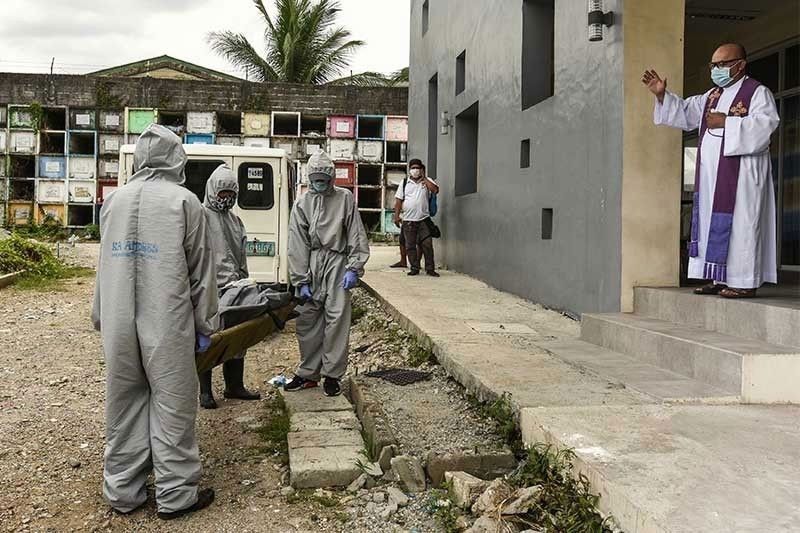NCR COVID-19 death rate declining

MANILA, Philippines — A marked decline in mortality from COVID-19 in the National Capital Region (NCR) has been observed over the past three months, the Department of Health (DOH) said yesterday.
At a forum, DOH-Epidemiology Bureau director Alethea de Guzman said that from an average of 121 deaths per day in April, the agency is seeing 56 deaths daily this month.
“This is an improvement but we want to push it down even further. We were only seeing 29 deaths per day last December,” she said.
De Guzman added they also monitored a decline in deaths in Central Luzon but this is “not as fast” as in NCR.
“We have already requested our regions to further study their death data so we can identify what else we can do so that we can push (down) our death number even more,” she said.
Based on DOH data as of June 23, the death toll for COVID-19 is 23,928, representing 1.74 percent of the total 1,372,232 cases.
NCR now ‘low risk’
The NCR is now classified as “low risk” for COVID-19 cases, with De Guzman noting a 23 percent decline in infections in the last two weeks.
She said Metro Manila has posted an average daily attack rate (ADAR) of 5.7 percent, which illustrates the day-to-day increase or decrease of confirmed cases in a certain population.
But the case trend is “exhibiting a slow decline after a plateau” that was first observed in May, she said.
Records showed that of the 17 cities and municipalities in NCR, six are on moderate risk classification while the rest are low risk.
For the “Plus” areas surrounding the NCR like Bulacan, Laguna, Rizal and Cavite, De Guzman noted an “inconsistent” trend.
“For Plus area, the story is different. While some areas are showing decline, for example, (but in) Laguna recently cases are increasing,” she said.
Data show a slow downward trend in the Plus areas with the exception of Laguna which is exhibiting a plateau.
‘Prioritize MM’
Yesterday, Metropolitan Manila Development Authority (MMDA) Chairman Benhur Abalos said Metro Manila should still be the first priority for the rollout of vaccines if government wants to protect the country against another COVID-19 surge.
“If we want to protect the country, somehow (Metro) Manila should be prioritized,” Abalos told ANC yesterday. “If there is any surge coming in the country, with the variants, it is possible to come through Metro Manila.”
He cited how the past surges of COVID-19 infections always started in Metro Manila and warned that the more recent surge last March was believed to be caused by COVID-19 variants that were first detected in the United Kingdom and in South Africa.
Abalos explained that major airports and piers are found in Metro Manila, hence the possibility of the entry of COVID-19 variants, particularly the reportedly more infections Delta variant first detected in India.
The DOH stressed that there are four regions currently classified as “high risk” for COVID-19 cases – Caraga and Regions 6 (Western Visayas), 11 (Davao) and 12 (Soccsksargen).
De Guzman said that of these four, Davao Region 11 is at “critical risk” when it comes to the usage of intensive care unit (ICU) beds for COVID-19 patients, pegged at 86.7 percent.
- Latest
- Trending































